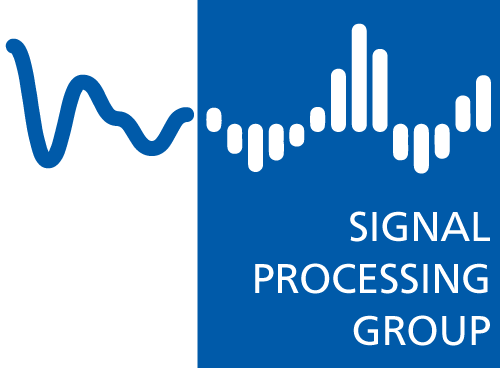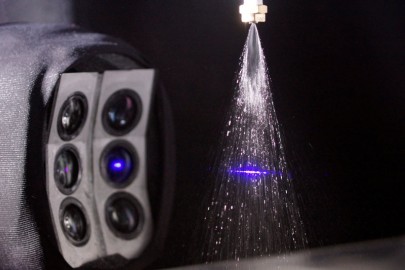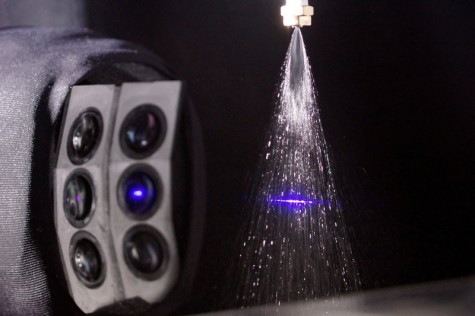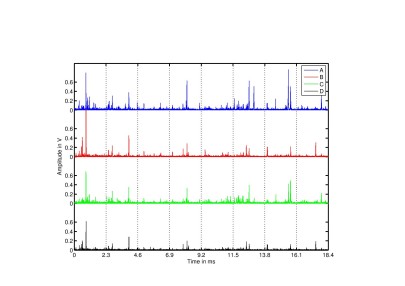Introduction
Spray characterization is important for a variety of applications, such as spray painting or spray drying. The efficiency and quality of the spray process depends on atomization parameters like flow rate, injection pressure, airflow rate etc. that directly influence drop sizes and velocities. For instance, in coating processes, small droplets lead to overspray, whereas large drops lead to surface defects. Therefore, a detailed knowledge about drop size distributions is essential for process optimization.
The time-shift technique provides an efficient and accurate method to measure size and velocity of individual droplets in sprays in real time. Up to now it is the only technique which is capable of measuring not only transparent but also non-transparent particles and droplets, which often occur in industrial applications. In addition, this technique does not require post-factory alignment and it can be operated in backscatter.
Even though the time-shift principle dates back to 1985, its utilization is not very common in practice. One of the possible reasons is the lack of exploitation of advanced signal processing techniques. Our research group has developed a sensing system, based on the time-shift technique, to measure droplets of spraying processes in back scatter. This provides a platform for advanced signal processing research in the area.
Concentration Measurement
To characterize sprays using the time-shift technique, a shaped laser beam is focused at the measurement position in the spray. When a drop passes the shaped beam, it transforms the intensity of the laser in space into a time dependent signal on a detector. Each detector provides a time signal known as a time-shift signal.
A new research field concerns the use of this technique for the measurement of semi-transparent droplets, where their size, velocity and concentration is of high interest. Such particles include suspensions, emulsions and dispersions. Typical applications are spray drying in the food industry or combustion processes.
The project explores the possibility of measuring the concentration of dispersed phase in a droplet through estimation of the light absorption/scattering intensity. The aim is to investigate models to describe the light scattering of suspensions. Based on these models, detailed information of droplets can be extracted that directly lead to their concentration.
Contact: For more information on this research project contact Prof. Abdelhak M. Zoubir.






